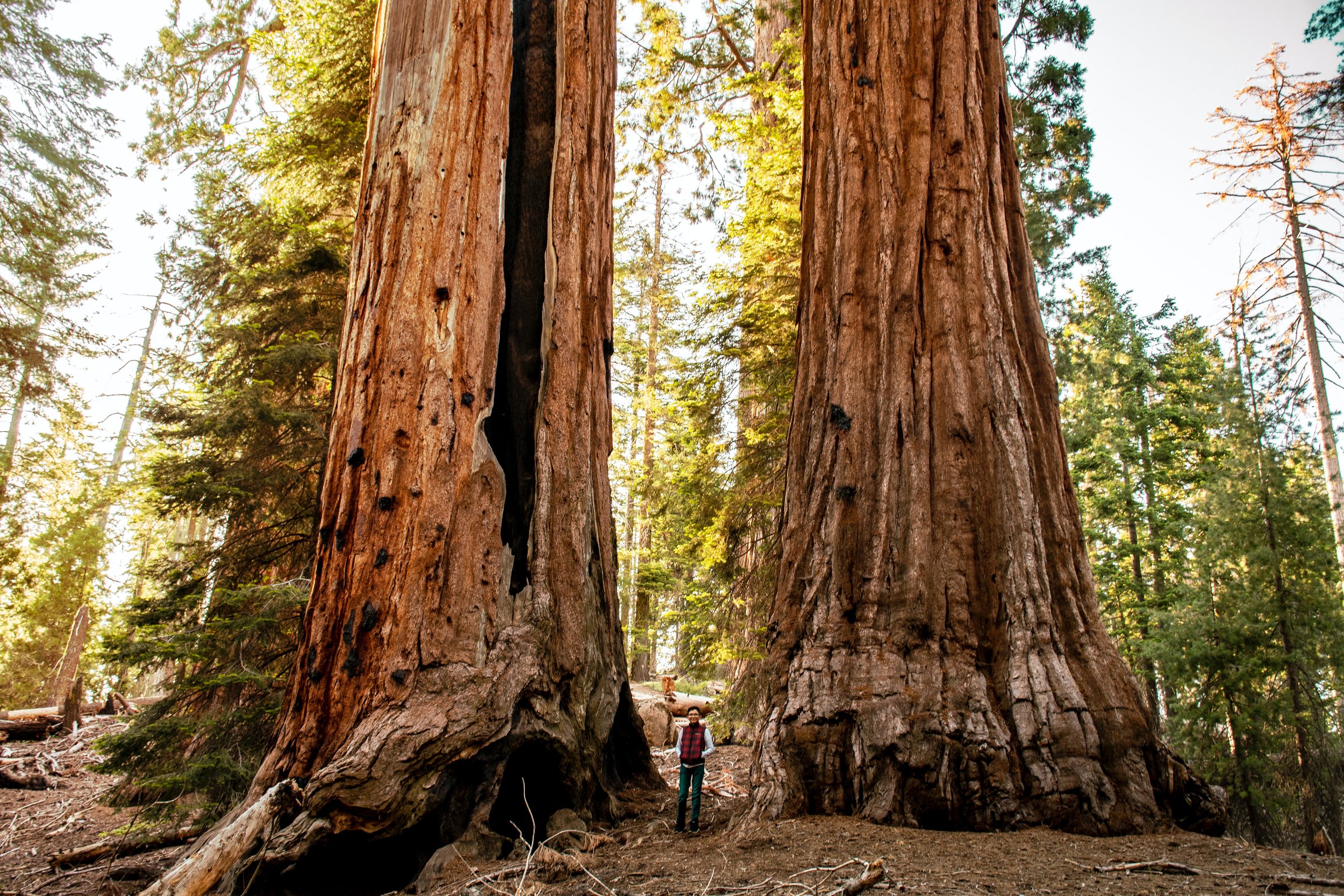California Seeks Input on its 30x30 Goals
Sequoia National Forest, California. Photo credit: Gabriel Tovar. Mono (Monache), Yokuts, Tübatulabal, Paiute, and Western Shoshone land.
Last year, California committed to a statewide 30x30 goal, aiming to conserve 30 percent of its lands and waters by 2030 to preserve biodiversity and fight climate change, as well as to expand equitable access to nature. This spring, the state released a “Draft Pathways to 30x30” strategy and solicited feedback from Californians on the plan.
Outdoor Alliance California has been deeply involved in the state’s 30x30 work, and submitted feedback on its draft report. As the state pursues its 30x30 goals, it can also seek to improve sustainable, equitable outdoor recreation. There are numerous potential projects that would provide immediate benefits for access and local communities while helping the state make progress toward 30x30.
You can read our full letter to the state here, and below are the takeaways from our comments:
There are many conservation projects that would provide benefits both to biodiversity and to improving equitable access. California should pursue an inclusive approach to 30x30 that will support direct benefits to local communities, especially those that have been denied or lack ready access to the outdoors.
Trails can benefit habitat connectivity, improve communities that need better access to parks, and have benefits for local economies
Beaches and coastlines have an important role to play in conserving biodiversity and also ensuring resilient communities with outdoor access.
Congress is considering a number of protective designation bills, including four in California that would provide immediate benefits for California’s lands and waters.
Above all, California should pursue durable protections that protect conservation values, deliver climate benefits, improve biodiversity, and provide direct benefits to communities (learn more about protected areas here). This will require building the community support necessary for continued conservation work, and working directly with stakeholders including the outdoor community. The 30x30 initiative should expand the state’s existing network of protected areas like Wilderness Areas, National Parks, and Wild & Scenic Rivers, while also expanding and strengthening other protections including National Recreation Areas, Inventoried Roadless Areas, Backcountry Management Areas, National Scenic Trail corridors like the Pacific Crest Trail, and others that are important to outdoor recreationists.

